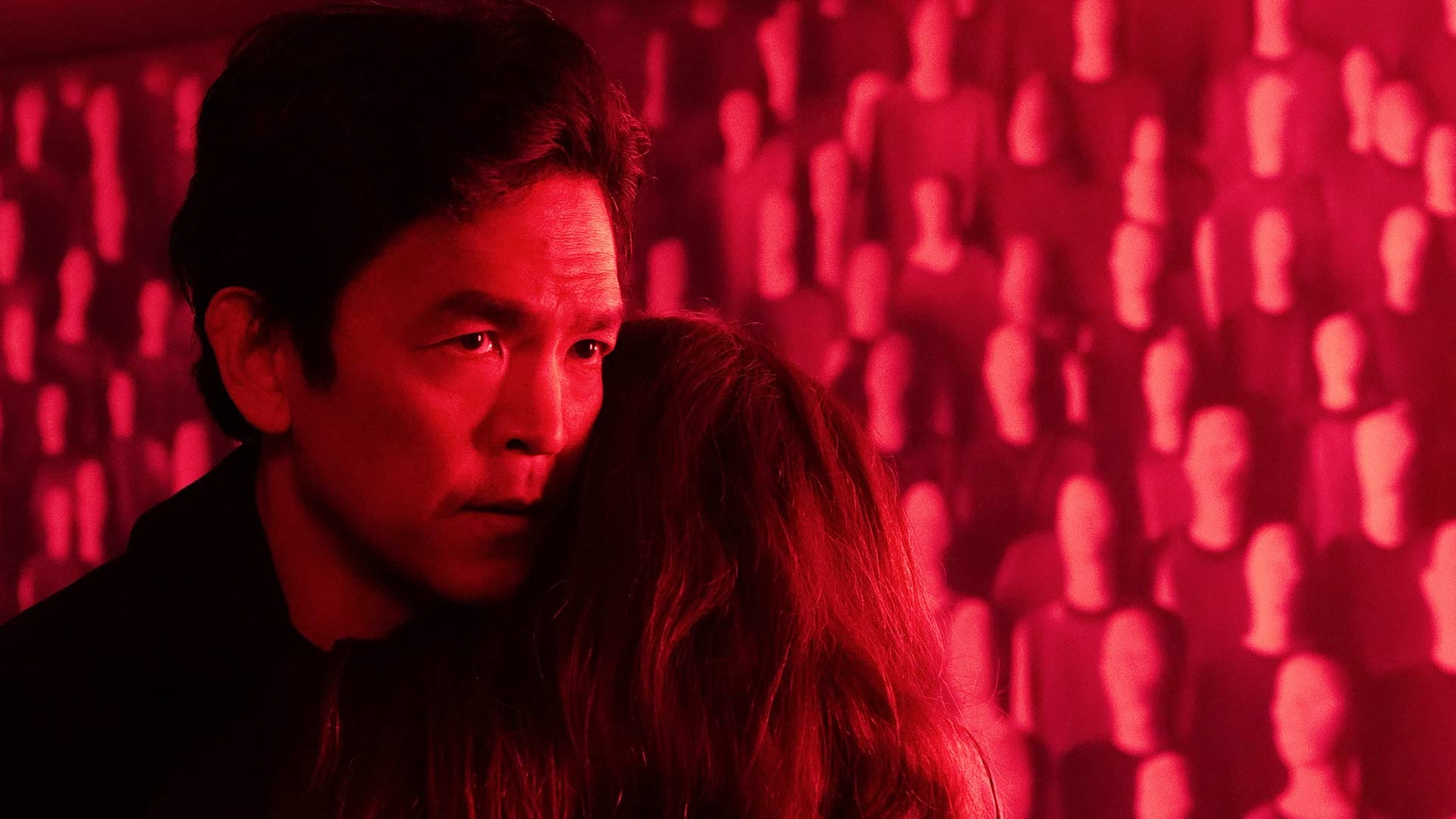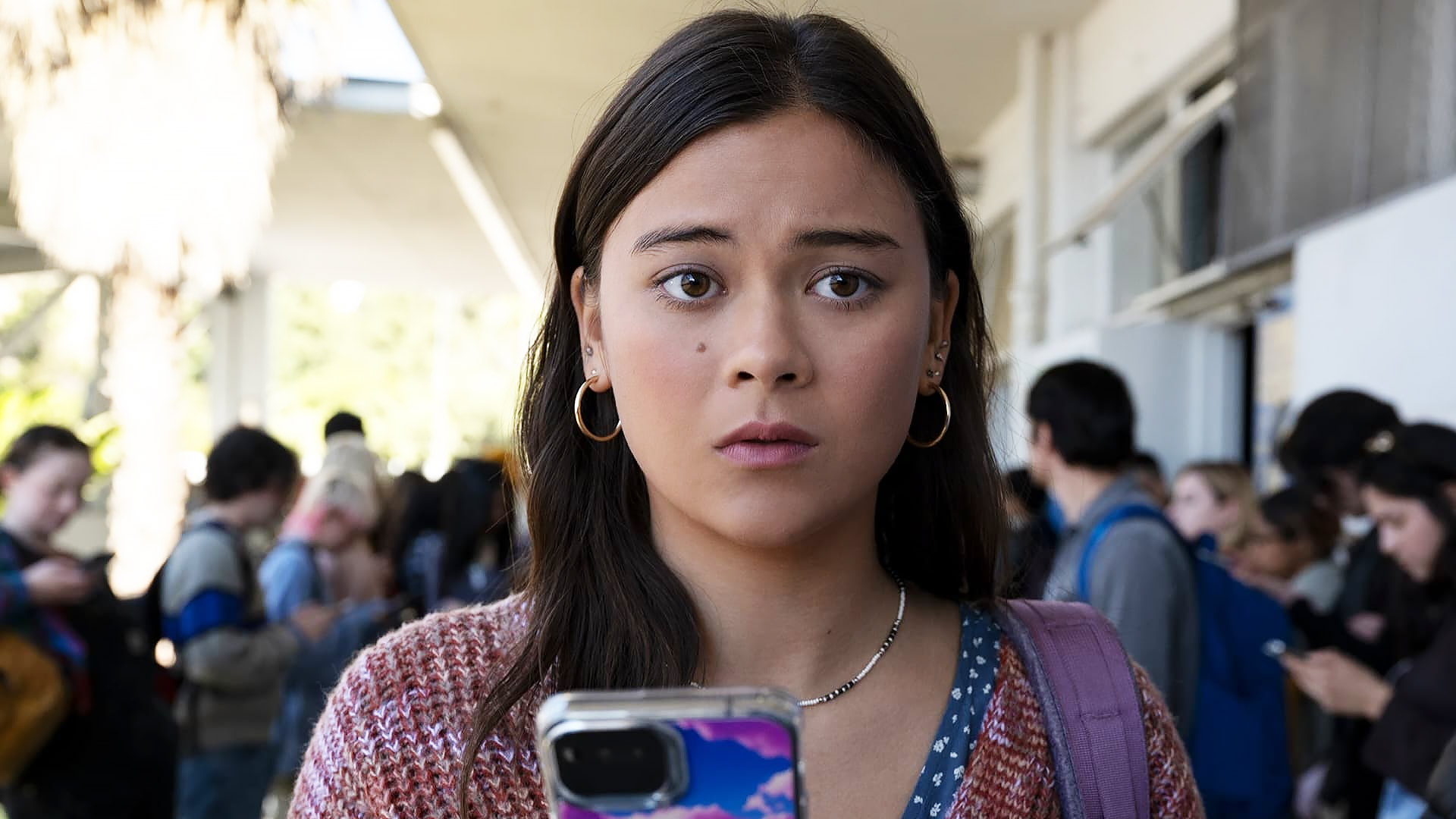Afraid is a ferociously unsubtle ‘AI is coming for us’ horror movie

The latest movie to caution us about over-reaching AI doesn’t come up with anything new but makes its points with wall-rattling forcefulness. Here’s Luke Buckmaster’s review of Afraid.
This Blumhouse-produced addition to the ballooning canon of “AI is coming to get us” movies lacks fresh ideas and feels like it’s arrived late to the party—but at least it doesn’t dilly-daddle or blunt its blows. Afraid is a lean and mean genre film that plays like a greatest hits record of cautionary messages about overreaching artificial intelligence and autonomy-surrendering humans. It’s pitched with a decibel-raising lack of subtlety but is kept emotionally real by a strong cast led by John Cho, perfecting the “concerned father who wants the best” schtick. The film’s human essence exists in his soft features and worried countenance.
Like in M3GAN and 2019’s remake of Child’s Play, home is where the horror is, a spiffy next-gen device introduced to the family of Cho’s adman Curtis Pike. A cashed-up tech company enlists him to market their new product, which he’s told—Macguffin alert!—he can’t properly understand until he and his family experience it in action. Before the smooth-voiced robot moves in, Katherine Waterston’s matriarch Meredith name-drops HAL from 2001: A Space Odyssey, the evil robot that, as we’re reminded, killed the whole crew of a spaceship. Afraid‘s characters are cognisant that things might go pear-shaped but of course don’t resist the shiny new toy.
The installation process involves placement of different cameras or “eyes,” which I assumed would build to something significant later, but strangely is set up by writer/director Chris Weitz without any real payoff. The AI, named “AIA,” quickly butters up Curtis and Meredith’s kids—Cal (Isaac Bae), Preston (Wyatt Lindner) and Iris (Lukita Maxwell)—giving them extra screen time, soothing bedtime stories, and, in Iris’ case, spectacularly nailing her boyfriend for his role in disseminating an elicit deepfake of her. Meredith’s impressed too, but Curtis is a tougher nut to crack. We know it’s a matter of time until somebody reaches for the on/off button, as if it’s possible for the genie to go back into the bottle.
Other elements similarly come as no surprise—such as lines like “you can’t escape it, it’s everywhere” and the bloodcurdling reveal of AIA’s true colours. Afraid feels almost proudly on-the-nose, really ramming home its messages, really screaming them into your ears. Despite or perhaps because of this the film still resonates, though its ending feels weirdly rushed and the final act especially leans on elements that feel cribbed from the Black Mirror episode Shut Up and Dance. Like in Mission: Impossible – Dead Reckoning Part One, AIA impersonates humans and manufactures on-the-fly deepfakes, feeding into the contemporary fear that we can no longer trust our eyes and ears.

Representations of artificial intelligence have evolved over the years, but these “AI gone rogue” narratives often say the same thing and find themselves caught in a cycle of intellectually safe ideas. Conventional wisdom says Blumhouse horror and Disney cable TV are world’s removed, and yet, Weitz’s film follows all the broad beats of Smart House, a Big Mouse-produced 1999 TV movie about a family who win a competition to own the “house of the future,” ran by an AI that begins helpfully but manically over-reaches. The similarities between these titles are striking; when it looks like you’re taking cues from 25-year-old Disney cable content, it’s time to come up with something different.
The same year Smart House premiered, academic N. Katherine Hayles published her great book How We Became Posthuman, which opens with a prologue likening the famous Turing Test to a magic trick that relies on “getting you to accept at an early stage assumptions that will determine how you interpret what you see later.” Hayles argues that, by asking which is human versus which is machine, a crucial earlier event had been overlooked: the moment when person and machine were first placed in the same cybernetic circuit, concluding that, contrary to popular wisdom, the state of becoming posthuman had already occurred.
That idea is just as old, now, as the aforementioned Disney movie. However Hayles’ work remains strikingly prescient and can inspire storytellers to contemplate artificial intelligence in different ways. Given AI is rapidly changing, why are so many stories about it remaining the same?




















